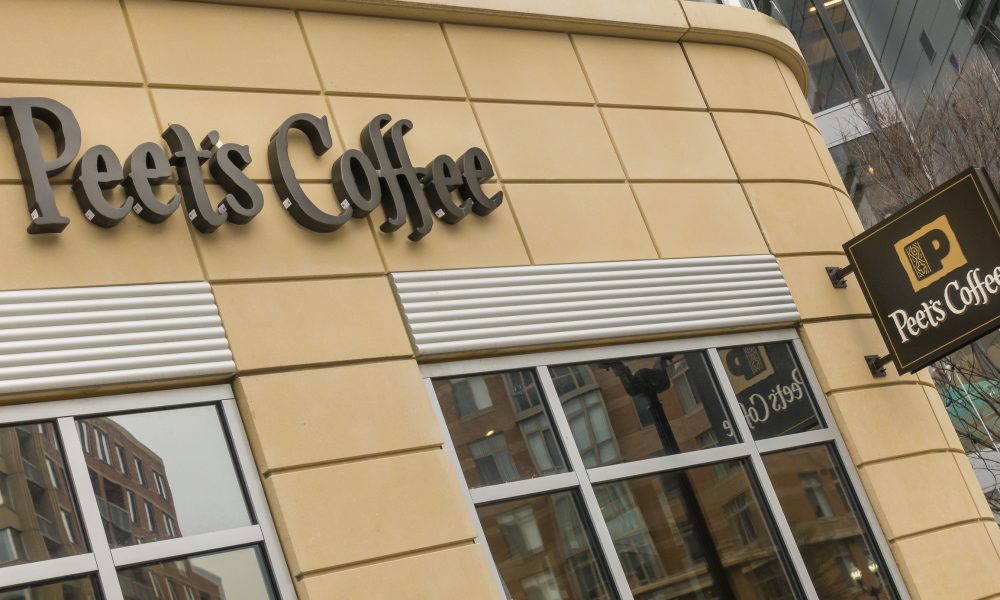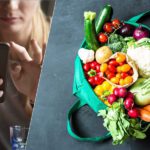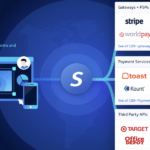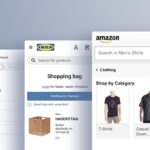With all the upheaval in the world during the pandemic, one thing has remained constant: The masses still need their caffeine.
It is more important than ever for brands to connect with their customers and make it as easy as possible to access and pay for their favorite beverages of choice — caffeinated or not.
“We are fortunate to have so many loyal customers who have been with us since the beginning,” said Lisa Regelman, director of Loyalty and Growth Marketing for Peet’s Coffee.
Since its founding in the San Francisco Bay area in 1966, Peet’s has developed a loyal following of customers who enjoy its fresh, gourmet coffee from high-quality beans, and its signature dark roasts are found on grocery shelves across the country. The company generated revenues of $983 million in 2019, and an initial public offering (IPO) raised $2.5 billion and valued the company at approximately $17.3 billion in 2020.
Consumers’ coffee preferences may stay the same, but how customers want to pay for their purchases has changed; contactless and convenient are the preferred ways to pay for many people in 2021. To remain competitive, merchants must pivot to meet the needs and desires of customers on the go.
“Like many others, we have seen a dramatic shift to digital ordering since March 2020, and with it a need to find ways to create the connection we have with our customers in-store, but through a digital platform,” Regelman said. “This might look like a handwritten note on your morning breakfast order, a warm greeting when you come in-store to pick up your mobile order, or through more one-to-one communication in our app and emails [that are] tailored based on what we know you love and want to know about.”
That sort of connection with customers is what keeps them coming back and what attracts new customers, Regelman said, adding that Peet’s is attracting more Generation Z and millennial consumers through the introduction of cold beverages, expanded breakfast and plant-based options as well as the availability of mobile order-ahead and delivery.
Pandemic-Driven Payment Shifts
Fears of virus transmission during the pandemic forced many consumers to stay home, but they still wanted their coffee fix. Contactless payment options became much more in-demand, and like many merchants, Peet’s had to evolve the payment options it accepted. To maintain the safety of employees and customers, Peet’s enabled and expanded existing contactless payment options. This included mobile wallet options within the company’s loyalty app and contactless debit options that did not require customers to use cash or hand a card to baristas at the point of sale (POS).
“Going into the pandemic, Apple Pay and Google Pay were both options in-store,” Regelman said. “We have since enabled Apple Pay within the Peet’s app as well as expanded payment choices to include credit cards for both our iOS and Android apps.”
“We were also thrilled to be able to move quickly to enable digital tipping in April 2020, a feature that has allowed us to provide additional income for our team members on the front lines and addressing a request by our customers,” she added.
Customers liked the ability to brew Peet’s coffee at home, but Regelman said many customers still wanted their go-to prepared beverages that were harder to make at home, like espresso beverages, cold brew and other iced beverages.
“We’d seen these shifts start to happen prior to the pandemic, and they became even more pronounced,” she said, adding that the shift also happened at the same time customers showed an increase in demand for plant-based products, such as oat milk beverages and the launch of the new Everything Plant-Based Sandwich.
“Consumers’ ordering and payment expectations are being driven by convenience, choice and security,” she said. “We are continuously exploring ways to meet these expectations and continue to actively engage our customers in conversation to understand what they want and how we can deliver on that.”
Linking Debit to Digital Wallets
The timing of new product offerings and expansion of order-ahead and delivery services enabled Peet’s to get the right products to a new, younger audience at the right time, she said. This expansion also allowed the company to appeal to the needs of loyal, long-standing customers, known as Peetniks.
The company relaunched the Peetnik Rewards loyalty program based on feedback from customers who wanted to earn rewards faster and sought more choice and control in how they accessed and paid for their purchases.
The app not only allows customers to earn rewards and order their favorite menu items ahead, but it also allows them to connect their credit or debit cards, as well as PayPal and Venmo accounts to the app’s digital wallet feature, enabling them to pay with the scan of a QR code. Regelman said that peer-to-peer (P2P) apps will continue to proliferate even after the pandemic has subsided.
“They also invite a new customer, one that is more tech-savvy and who trusts these platforms, be it Venmo, Zelle or PayPal, which we leverage for payments on Peets.com,” she said. “That trust translates into reduced friction in purchase and ultimately in choice of with whom they choose to transact, which translates into longer-term loyalty.”







